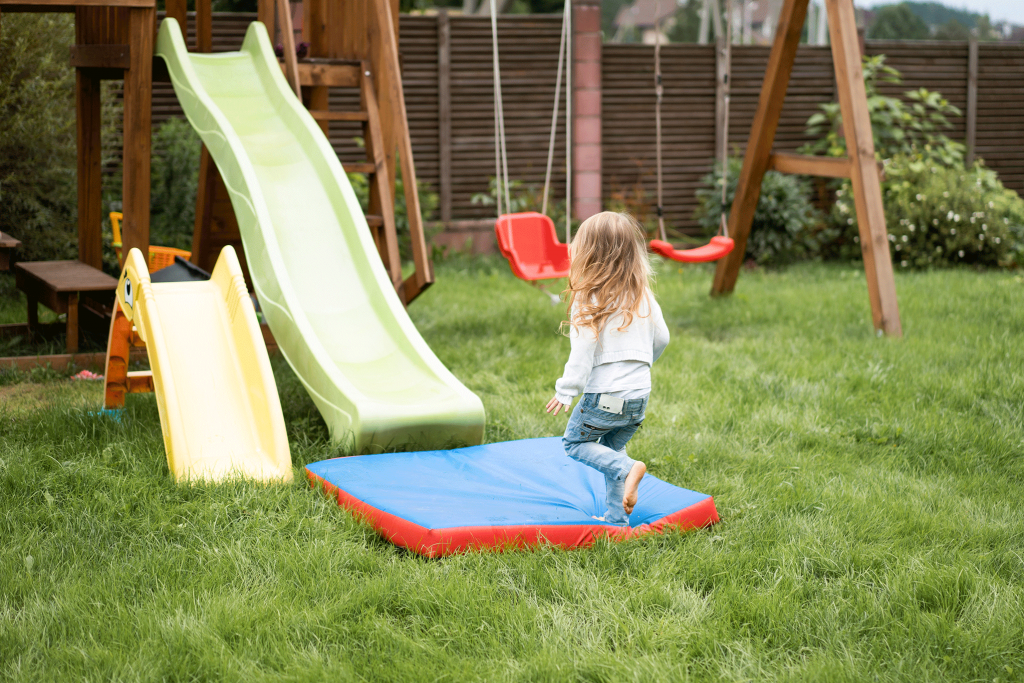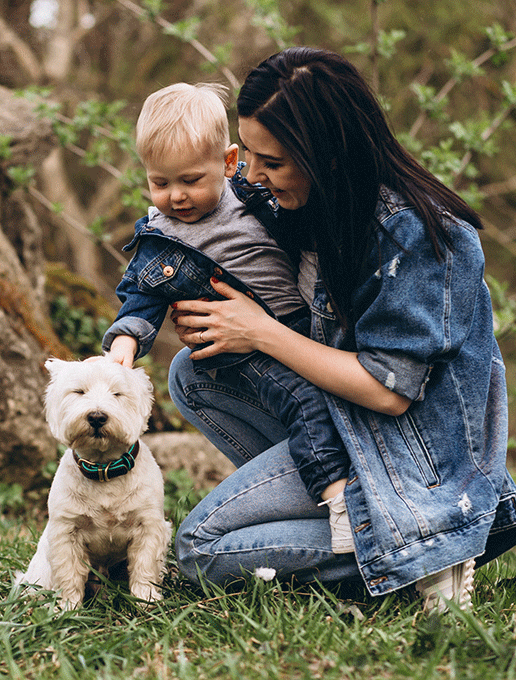Grated knee, dog bite, dehydration… If the family tour is interrupted by some incidents with the children, it is good to be prepared!

In summer (actually not only in the summer time), especially with the school holidays enacted, outdoor tours saw real attractions – and rightly so, rightly so, right? After all, it is always a good idea to encourage the children to leave the house to get in touch with nature and play with the schoolgirls away from the screens. However, we know that all activities have their risks and even a going to the harmless park can bring some scares, especially when it involves the agitation of children (they never stop playing around and parents should be aware).
Thinking about it, and to help you prepare for these occasions of stress, we separate the main aid to be taken in case of accidents. Grated knee, insect bite and dehydration are within the list. Remember, its good to know some procedures but the medical advice is always welcome. Come check it out!
Abrasions (the famous “grated” on the knee, elbow…)
Just clumsily descend on the slide so that your child comes out with a grated. Despite the boring pain, the superficial lesion is not usually a cause for great concern. According to Wylma Hossaka (BP pediatrician), the first step before a abrasion is to sanitize well with neutral soap and soap. That is, no sticking out pasting bandage before cleaning the bruise well. Placing the adhesive straight on the skin can promote infections and aggravate the frame that could be simple.
After that, and if necessary, the dressing can be done, passing an antiseptic in the region and involving it with gauze, for example. At these times, the doctor also recommends ignoring some popular knowledge, such as passing oil.
Depending on where the abrasion was acquired, some other care should be taken. “It is important to be aware of the issue of an injury caused by some rusty metal. That’s because, depending on the child’s age, she still doesn’t have the complete tetanus vaccination scheme,” explains Ramon M.
Hit on the head
Head knocks are quite common incidents – as a result of collisions between the little ones themselves or in toys, for example. In these cases, the doctor warns of some higher risk factors. They are: height, speed and trauma area. “The situation is usually more serious when it involves falling from some point or when the child is on the move, such as riding a bike or skates,” says the doctor. “When the injury affects the parietal region, that is, the side of the head, the case may gain extra concern,” she adds.
The first step in the case of this accident is to evaluate the origin of the injury and whether the child has some symptoms, as ramon M explains. “The intensity of the beat and injury caused should be verified. Situations that require attention are those that may have an injury on site, such as swelling or bleeding cut. Do not forget to be aware of possible changes in the child’s behavior and state of consciousness, especially if it has drowsiness and vomiting. The latter are symptoms of more severe traumas, which require medical evaluation,” Ramon says.
Insect bite
Despite all the well-being that breathing fresh air provides, nature is also being in contact with animals and insects. Even if the child is not one of the most curious and does not explore the habitat of the pets, it is not immune to any bites.
To deal with them, it all depends on the agent responsible. In parks, wasp and bee stings are quite common. Despite the scare, Wylma explains that if the small is not allergic, the incident can be normalized with a few simple steps. “The first thing to observe is whether the stinger stayed on the skin and removed it. Then wash with soap and water and avoid scratching the region,” she says. “When the face is reached, the situation can be more delicate. In the cervical region, for example, located near the neck, an edema can be formed, which is a swelling due to the accumulation of fluid in the area, and impair the child’s breathing”, warns the pediatrician.
Venomous animals may require additional care. “After driving the child away from those who stung it, adults should try to identify the type of insect, especially in situations with spiders. If it is not possible to capture for referral to the hospital, try to pass on as many details that facilitate identification or even take a picture of the animal”, ramon points out.
Ramon also reinforces the importance of specialized care in these cases. “Every accident with a venomous animal should be referred to the reference hospital for these situations. Or, according to the reactions that the child will present, it may be necessary to refer to the hospital in closer proximity to speed up care in case of urgency.”
Dog bite
There are children who love four-legged friends and there are those who can be scared. If your child fits the first category, he may be more subject to pet accidents. After all, even if the dog is apparently docile, nothing prevents them from reacting badly to the affection of strangers and “move forward” in some part of the child’s body.

If that happens, Wylma points to a care that is not always taken into account, but that makes all the difference. “The first action should be to wash the bite region very well. The dog’s tooth is extremely contaminated with bacteria, which can bring infections.” If it’s a very big or deep cut, it’s important to turn to the emergency room to receive proper care, okay?
After calming the child – because depending on the aggressiveness of the animal it may still be in shock- it is valid to check the whereabouts of the dog. “If the dog owns it, try to see if it is vaccinated. If it is not possible to identify the owner, antirabies vaccination is recommended to prevent rabies virus contraction,” explains the doctor.
Dehydration
The warmth combo and play can be a lot of fun, but it opens gap for another little problem: dehydration. The recommended thing is for the family to avoid walking at the most intense hours of sunshine and never give up sunscreen and water bottle (before, during and after activities, okay?).
Fracture
Depending on the type of accident – and especially if the child is complaining too much of pain – we soon raise the suspicion that something “broke”. Of course, only a radiographic examination can confirm the diagnosis, but some clues already alert the responsible adults. “Signs of fracture of a bone are the following symptoms: local pain, apparent deformity, inability to move limb, local swelling and crackle, which is the sensation of breaking egg shell,” the nursing scholar says.
According to him, a differentiated condition can afflict the little ones. “In children, a fracture called the green branch may occur. Since the child’s bones do not have the stiffness of an adult, the impact causes it to chip on one side and the other remains healthy”, he explains. It’s running to the nearest hospital!
Backpack kit: what to take to the walks in the park
That’s a lot of guidance, isn’t it? But no despair, parents! Before going out for the tour, some items can be of great use to take in the bag or backpack to the park. And it is always worth making it clear: first aid is important, but do not exclude professional service.
To assist in minor injuries, some materials are useful. “They are: gauze, bandages, adhesive dressing, adhesive or micropore and physiological solution,” the rescuer says. For sports or other activities, the pediatrician emphasizes the importance of using equipment, such as helmet, knee pads and haters. She also recommends the use of closed shoes, suitable for the chosen modality, and alerts to two essential utensils that can not miss in the bag: sunscreen and water bottle.
Disclaimer: This post may have affiliate links.
